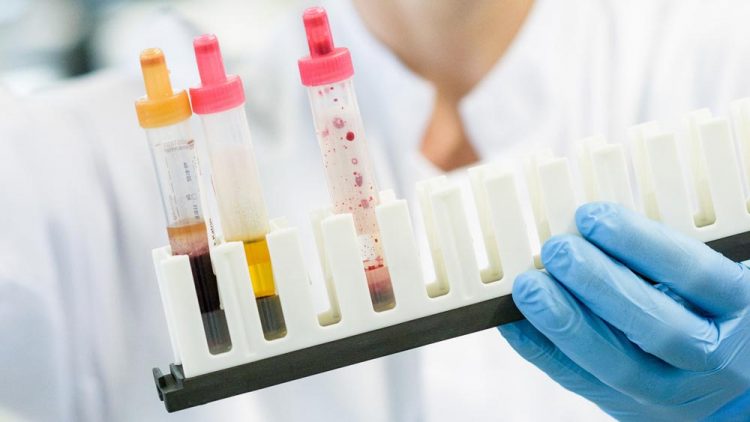Phagocytes versus killer cells – A closer look into the tumour tissue

© UDE/Frank Preuß
„It was already known that cancer patients that have many of these immune cells migrated into their tumour tissue have reduced survival rates”, says Sven Brandau, head of the Department of Experimental und Translational Research.
„Therefore, experts suspected that those phagocytic cells, the so-called neutrophils, could inhibit the fight of the killer immune cells against cancer.“
Using advanced microscopy technologies and analyses, Brandau and his collaborators have now uncovered the interaction between the neutrophils and killer cells in tumour tissue. „We were able to show that the neutrophils actually touch the killer cells and prevent the killing of the cancer cells.“
In future investigations, the researchers at the UK Essen would like to block the entry of the phagocytes into the tumour tissue in order to develop novel immunotherapies against cancer.
Cooperation partners in the study were teams from dermatology and experimental immunology.
Editor: Milena Hänisch, Phone +49 201/723-6274, milena.haenisch@uk-essen.de
Translation: Alexandra Niessen, Phone +49 203/37 9-1487, alexandra.niessen@uni-due.de
Prof. Dr. Sven Brandau, Phone: +49 201/723-3193, Sven.brandau@uk-essen.de
Media Contact
More Information:
http://www.uni-duisburg-essen.de/All latest news from the category: Life Sciences and Chemistry
Articles and reports from the Life Sciences and chemistry area deal with applied and basic research into modern biology, chemistry and human medicine.
Valuable information can be found on a range of life sciences fields including bacteriology, biochemistry, bionics, bioinformatics, biophysics, biotechnology, genetics, geobotany, human biology, marine biology, microbiology, molecular biology, cellular biology, zoology, bioinorganic chemistry, microchemistry and environmental chemistry.
Newest articles

A universal framework for spatial biology
SpatialData is a freely accessible tool to unify and integrate data from different omics technologies accounting for spatial information, which can provide holistic insights into health and disease. Biological processes…

How complex biological processes arise
A $20 million grant from the U.S. National Science Foundation (NSF) will support the establishment and operation of the National Synthesis Center for Emergence in the Molecular and Cellular Sciences (NCEMS) at…

Airborne single-photon lidar system achieves high-resolution 3D imaging
Compact, low-power system opens doors for photon-efficient drone and satellite-based environmental monitoring and mapping. Researchers have developed a compact and lightweight single-photon airborne lidar system that can acquire high-resolution 3D…





















